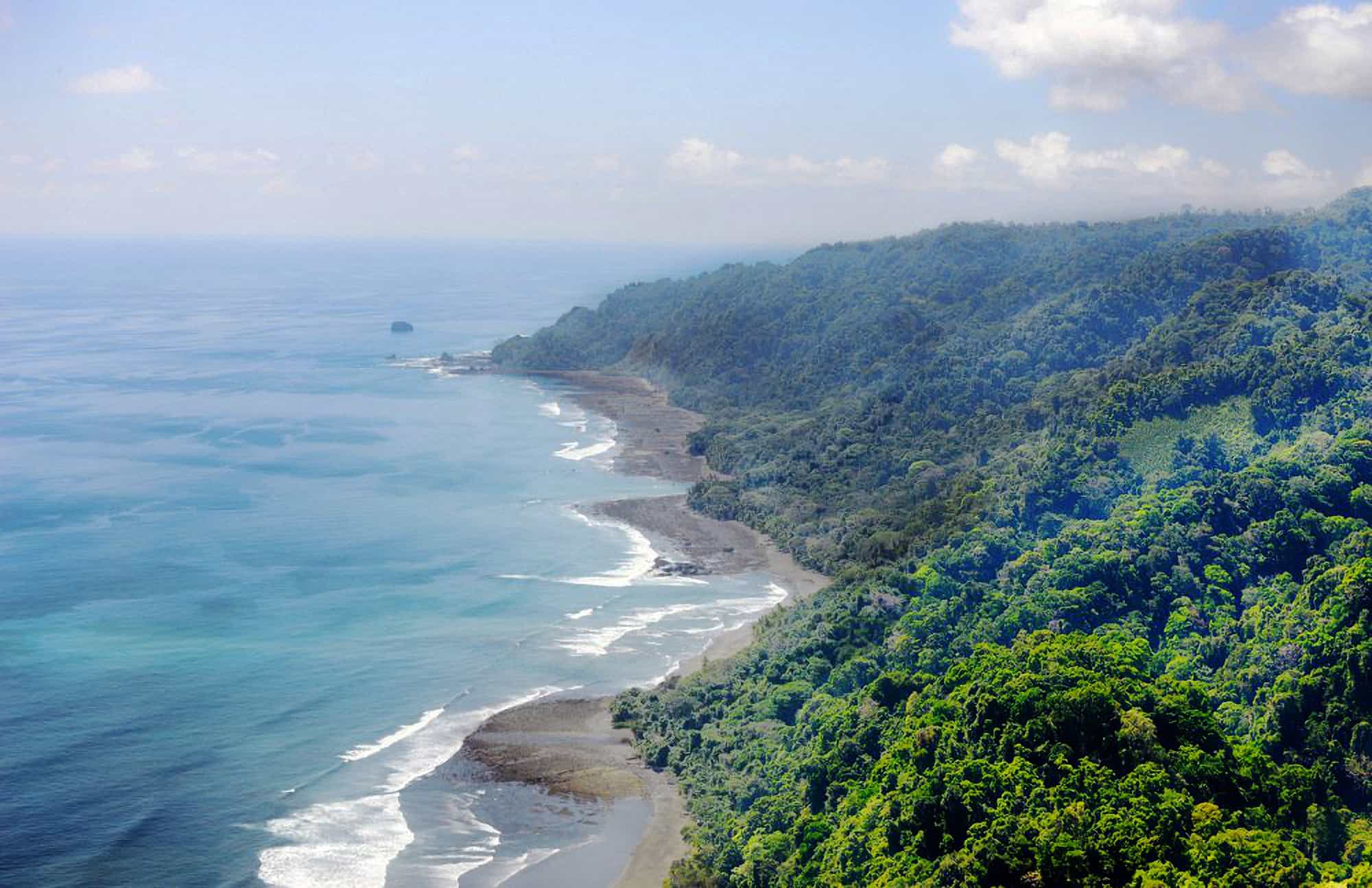The sounds of rains, winds, waves, or the trilling of birds on the Osa Peninsula could soon be used as a therapeutic tool to improve the quality of life of people with disabilities.
Researchers from the University of Costa Rica (UCR), along with various local groups, recorded nature sounds at various sites across the peninsula, in Costa Rica’s southern Pacific, between January and February as part of the Osa Sensorial Project. The initiative seeks to identify the natural sounds of the Osa Peninsula and evaluate the areas of the human body that react to them.
Researchers recorded sounds present in various ecosystems, including secondary forest, mangrove forest, coastal areas and the ocean.
The team collected the recordings at different times of the day. They used recording equipment capable of recording a broad range of frequencies, even ultrasound, sound waves with frequencies higher than those that humans can hear.
The research mission included people with different types of disabilities.
Therapeutic frequencies
UCR professor Hellen Solís Hernández explained in a statement last week that project leaders launched research using existing scientific data about the effects of sound on the human body. These studies found that certain frequencies intervene in various parts of the human body, generating states of well-being.
Preliminary results from the local investigation showed that, for example, sounds collected near the beach in Puerto Escondido have average frequencies of 10.6 Hertz (Hz). This frequency is related to alertness and the connections between mind and body.
Sounds recorded at the Dulce Gulf-Piedras Blancas area averaged 21.9 Hz, and are related to relaxation, the release of stress and the improvement of intelligence. At the mangroves of Colibrí Beach, the 17.8 Hz frequencies are conducive to active thinking, energy and action, while at Rancho Quemado, researchers recorded frequencies of 13.7 Hz that can be associated with euphoria, concentration and the learning process.
UCR researchers will use results of the investigation as the basis for the creation of a therapy center for people with disabilities that will take advantage of natural resources offered by the Osa Península.
One of the landmarks of the region is Corcovado National Park, home to 50 percent of the country’s species and of three percent of the world’s biodiversity.
National Geographic famously referred to Corcovado as “the most biologically intense place on Earth.” Several other publications and rankings have also placed Corcovado among the best national parks in the world.
Listen to one of the sounds:






